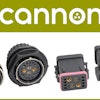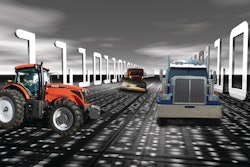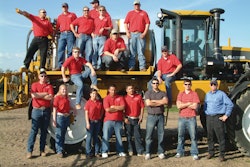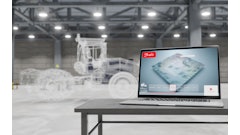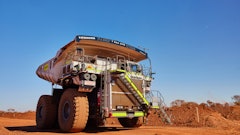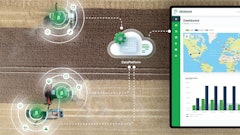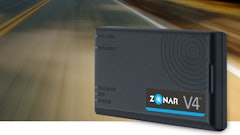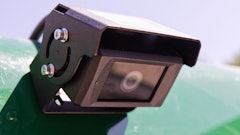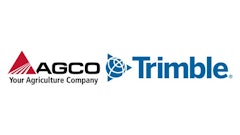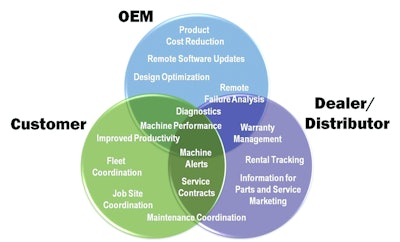
Telematics systems have moved beyond providing asset management for large trucking fleets, to something even casual car-buying consumers can use and benefit from. The same is true for small farms and large construction fleets.
“Even for the farm customer who may only have a few pieces of equipment that he personally maintains,” says Terry Burchill product market analyst, Phoenix International, Fargo, ND, “there is a lot of value in having a dealer know what is wrong with a tractor before the farmer knows there is a problem.”
Phoenix Intl., a John Deere company, was founded in 1987 and specializes in rugged electronics for demanding industries. Of its 900 employees, over 300 are degreed engineers engaged in over 100 active projects. The company has deep experience in product design, product testing, electronics manufacturing, and product support services.
A wide range of original equipment manufacturers tap into Phoenix Intl.’s custom electronics expertise, particularly in the field of telematics. “We work with companies all across the board, and the needs depend on who you are talking to and where they are in their internal evaluation of what telematics can do for them,” says Burchill.
Some OEMs are just now feeling the pressure to get into telematics and want the basic “track-and-trace” system that has been available for years. Others see a value for internal stakeholders and want a product that will offer them internal capabilities and benefits such as tests and analysis.
Phoenix likes to work with OEMs that are thinking strategically about the value they can add with telematics—“companies that see the value in it for themselves and their dealers,” says Burchill. “But there is always the value to the end-user for asset tracking, hours and maintenance.”
The value a telematics system can have to the OEM, as well as the dealer, is perhaps the most important aspect of the technology. “From a maintenance standpoint these days, large customers and their dealers want the information to be automatically integrated into their existing business system,” says Todd Braun, manager, business development, Phoenix Intl. “They want the business system providers to integrate with onboard telematics solutions, and to be alerted directly if a machine requires repair or maintenance. If there is a failure, they want the ability to conduct a diagnostics session remotely, rather than requiring a trip to the field. That creates the opportunity for a single visit with parts in hand to complete the repair.”
The benefits of such systems are numerous. For the OEM, reports generated from vehicles can help with failure analysis, as well as aid in design optimization and system development down the road. It’s—in essense—a remote, vehicle-based focus group: If engineers have access to what is happening with vehicles in the field, they can use the information to help improve future vehicle designs.
While the farmer may not believe he needs a sophisticated telematics system for his fleet, the dealer could benefit by knowing when the tractor or combine is due for maintenance, or log into the machine when the operator calls to check on a fault code.
In the future, Burchill sees the vast majority of machines currently using Phoenix Intl. electronics to be equipped with some sort of telematics system.
